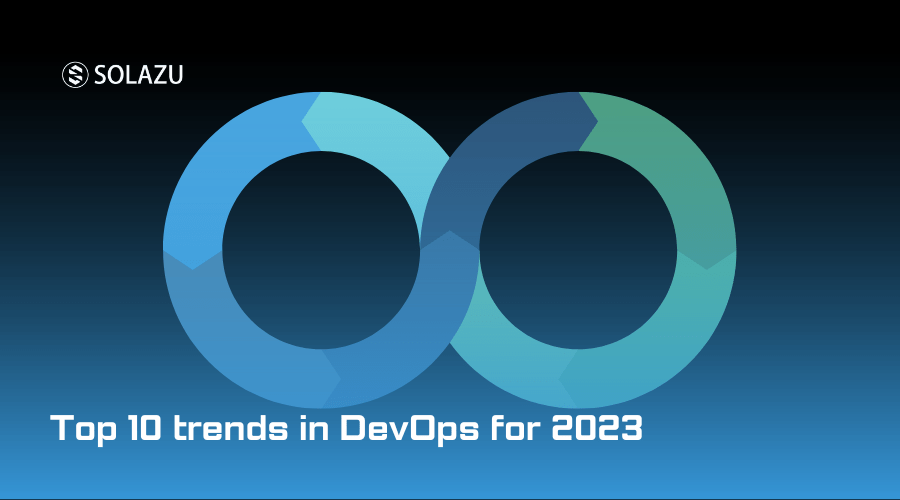DevOps is a set of practices that combines software development (Dev) and IT operations (Ops) to streamline the software delivery process. With businesses becoming more dependent on software development to drive innovation, DevOps has become a key approach for organizations to quickly and efficiently deliver software products to market. In this article, we will explore the top 10 trends in DevOps for 2023.
- More emphasis on automation: Automation will continue to play a crucial role in DevOps in 2023. Automation of key processes such as testing, deployment, and monitoring will become increasingly important as organizations seek to speed up their software delivery pipeline.
- Increased adoption of AI/ML in DevOps: The use of artificial intelligence (AI) and machine learning (ML) will become more prevalent in DevOps in 2023. AI and ML can help automate processes such as testing, monitoring, and incident management, reducing the time and effort required by human teams.
- Focus on security: Security will continue to be a top concern for DevOps teams in 2023. With the increasing use of cloud computing and distributed systems, organizations will need to ensure that their DevOps practices are designed to address security issues.
- More integration with other teams: DevOps teams will need to work more closely with other teams such as security, compliance, and risk management to ensure that their practices are aligned with overall business objectives.
- Greater use of containers: The use of containers, such as Docker and Kubernetes, will become more widespread in 2023. Containers offer a more efficient way to package and deploy applications, making it easier for organizations to deploy software products to a range of environments.
- Shift towards cloud-native architecture: As more organizations adopt cloud computing, the trend towards cloud-native architecture will continue to grow. This architecture is designed to run applications in the cloud, with services provided by cloud providers such as Amazon Web Services (AWS) and Microsoft Azure.
- Increased adoption of serverless computing: Serverless computing, which allows developers to write and run code without having to manage infrastructure, will become more popular in 2023. This technology can help organizations reduce their infrastructure costs and improve the scalability of their applications.
- Emphasis on observability: Observability, the ability to monitor and understand the performance of a system, will become a key focus for DevOps teams in 2023. With the increasing complexity of software systems, observability will be essential for identifying and resolving issues quickly.
- Continued use of microservices architecture: Microservices architecture, which involves breaking down a software application into smaller, independent components, will remain popular in 2023. This approach offers greater flexibility and scalability, allowing organizations to quickly adapt to changing business requirements.
- Growth of GitOps: GitOps, a methodology that uses Git as a single source of truth for infrastructure and application configuration, will become more popular in 2023. This approach can help organizations manage their infrastructure and applications more effectively, reducing the risk of errors and increasing the efficiency of their DevOps practices.
In conclusion, DevOps will continue to be a critical approach for organizations looking to deliver software products quickly and efficiently in 2023. The top 10 trends in DevOps for 2023 will focus on increasing automation, incorporating AI and ML, ensuring security, and improving observability, among other things. By adopting these trends, organizations can stay ahead of the curve and build a competitive advantage in an ever-evolving market.
